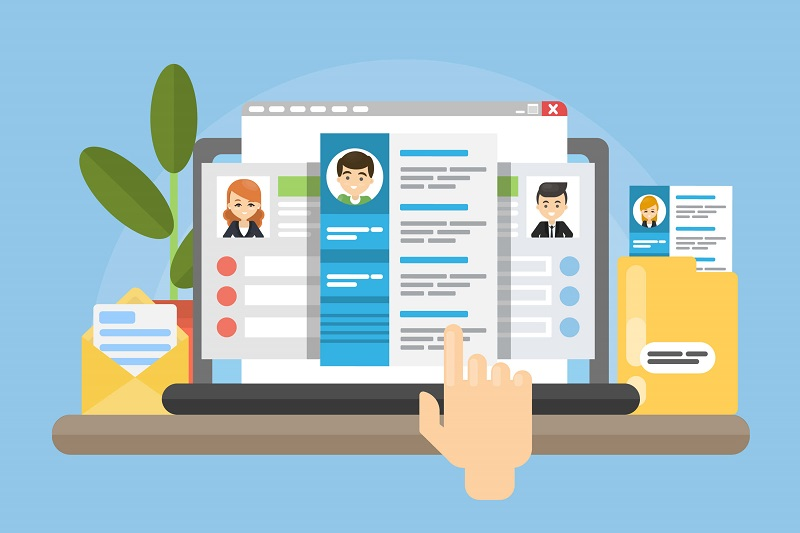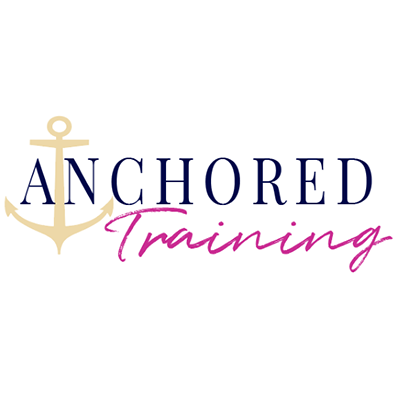ATD Blog
How to Develop Learner Personas for Effective Training
Thu May 20 2021

Are you an in-house training professional looking to create effective instructional design for your training and development modules? Well, great news. You’re in the right place.
Ineffective instructional design is a complete waste of resources and puts your reputation on the line. The solution is to know your target audience.
Learner personas represent the target market for our learning program and serve as guides in developing an effective custom training solution. Like fictional characters, we create these personas with great detail: names, photos, backgrounds, demographics, skill levels, training goals, and more. This helps us have a more focused approach to our training and development program.
When developing learner personas, we must gather all the information about our ideal audience. The most common way to begin is to consider who the learner is.
This information will come from conversations with project sponsors and other subject matter experts within the company. After they provide us with their insights, we can begin to research and craft the ideal learner persona. Here are the other ways that we can gather insights:
Survey
A survey is a comprehensive analysis of our target audience. It helps us learn who they are, the tools they use at their job, the skills they have, and more. We can glean this by asking questions such as:
What is the demographic profile of the learner?
What is their level of comfort when it comes to using technology?
What are their preferences when it comes to learning? (Do they prefer face-to-face training? Do they like a job aid while working? Do they use the company intranet?)
Where do they go when they have questions?
What are their pain points?
What motivates them?
What are their goals?
What are their behaviors?
What would they do to improve their training?
We must ask everything we can to get in the mind of our learners. After all, we are crafting a fictional character with a true persona.
Interview
After the survey, the next step to developing learner personas is to conduct an interview. We don’t need to interview every employee. But we must interview every person representing a type of range in our audience: superuser, midrange, and those who are just barely making it or falling behind.
We want answers to these questions:
Where is my middle?
Where are my system strugglers?
Do I have to create additional tools and follow-up sessions to bring the system strugglers up to speed?
Once we’ve taken a deep dive into our audience, we can craft our learner persona based on our information. This is where we can have some fun, and I have seen my clients use different tools like:
Sticky notes
Whiteboards
Walls
PowerPoint
Word
Miro whiteboard tool
I get into the mind of my learner by creating a resume for them. I would use a resume template from tools like Canva and find a stock image of my ideal learner, according to the learner persona’s demographics. Then, I would print it out and pull it up in front of me as I create, edit, and review content.
To guide us better in creating the learner persona, we should ask questions such as:
How will they feel about the learning?
What skills or competencies will they improve on?
Is this something that applies to them?
Is this something that they will find value in?
Will it make sense for them as a learner?
Creating learner personas are a crucial part of training and development. These personas help us fill in the gap between where our learners stand and where they want to be. Without learner personas, you may end up with a training that caters to the wrong target audience—or worse, to everyone. And as we all know, we train no one if we are trying to train everyone at once.
Do you want to take the next step in creating custom solutions for your learners? Schedule a consultation now.

